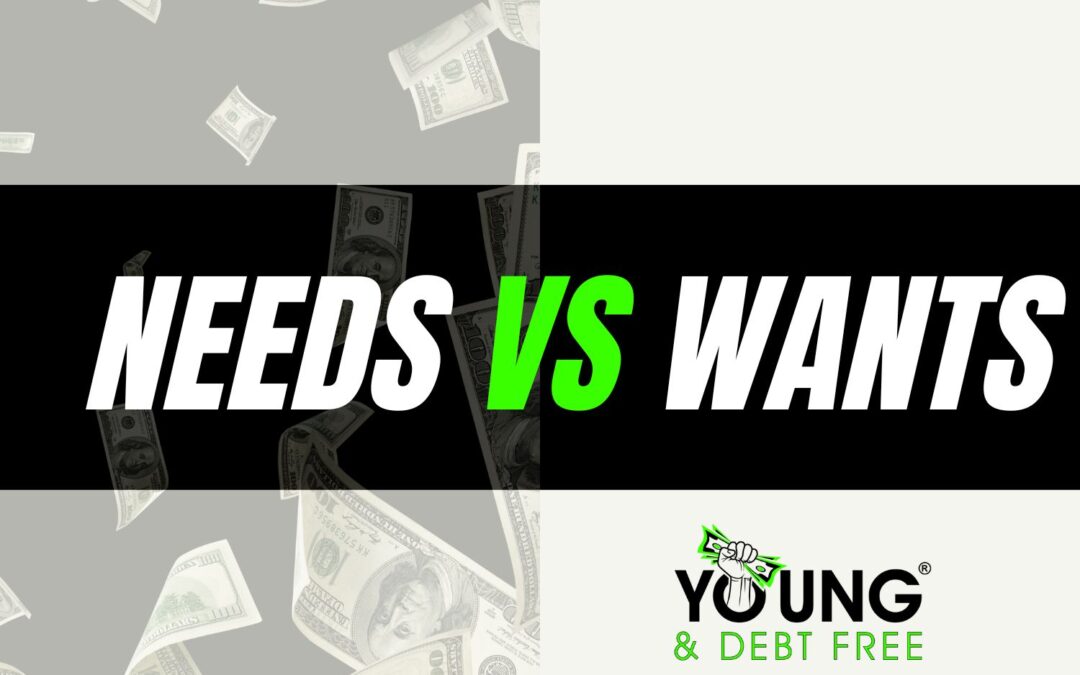Differentiating between needs and wants in your personal budget is essential for effective financial management. Needs are essential for survival and maintaining a basic standard of living, while wants are items or services that enhance your quality of life but are not necessary for survival. Here are some examples to illustrate the difference:
Needs:
- Housing: Rent or mortgage payments for a basic, safe, and habitable home.
- Utilities: Electricity, water, gas, and basic phone services.
- Food: Essential groceries and basic, nutritious meals.
- Healthcare: Health insurance, necessary medications, and regular medical check-ups.
- Transportation: Public transportation fare, or car payments, insurance, and fuel for commuting to work or essential activities.
- Education: Basic education costs, such as school fees and essential supplies.
- Debt Payments: Minimum payments on loans and credit cards to maintain a good credit score.
Wants:
- Entertainment: Cable TV, streaming services, movie tickets, or concerts.
- Dining Out: Meals at restaurants or fast food establishments.
- Luxury Brands: Expensive clothing, accessories, or gadgets from premium brands.
- Travel: Leisure trips, vacations, or luxury hotels.
- Hobbies: Non-essential hobbies or collectibles.
- Gym Memberships: Membership in high-end gyms or fitness clubs.
- Excessive Gadgets: Buying the latest smartphones, tablets, or other electronic devices when your current ones are still functional.
Remember, the line between needs and wants can sometimes blur, especially with evolving lifestyles and societal expectations. It’s essential to evaluate your own budget according to your priorities and financial goals. Creating a budget and tracking your expenses can help you make informed decisions about where your money should go, ensuring you cover your needs before indulging in your wants.

